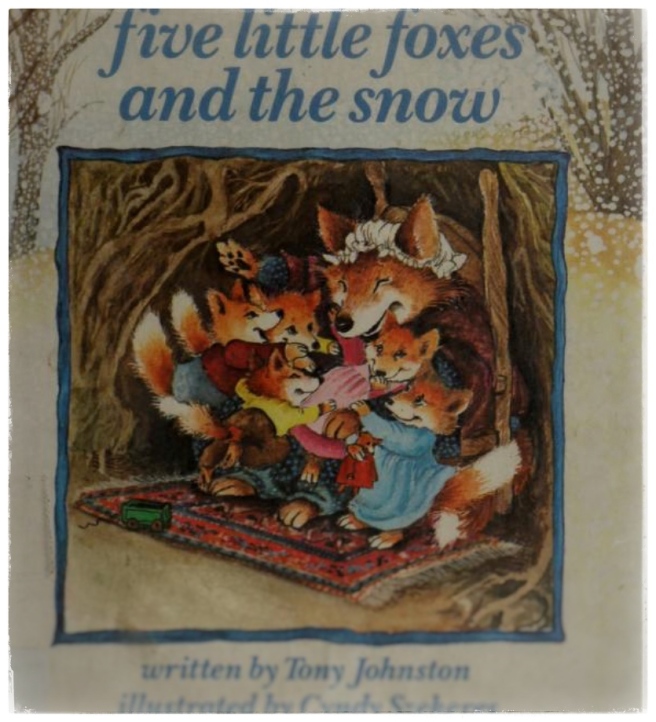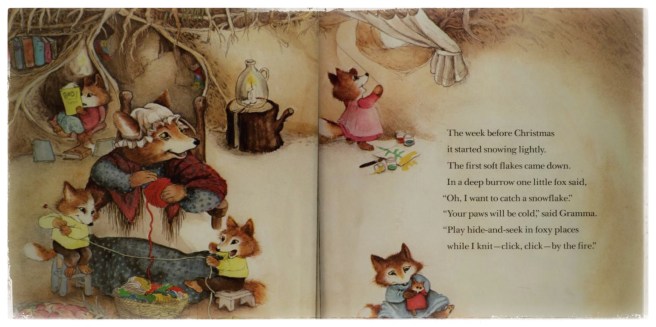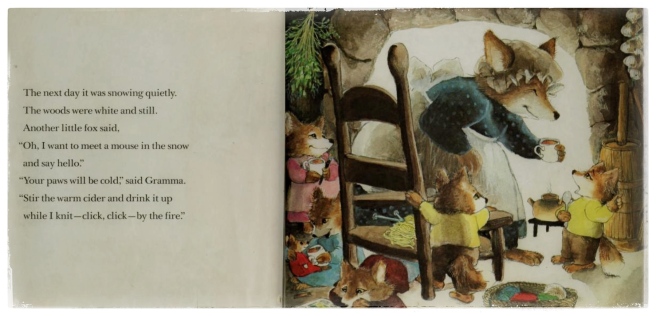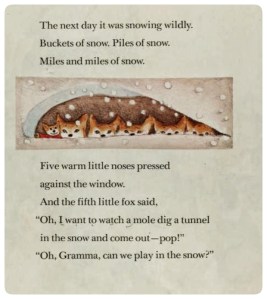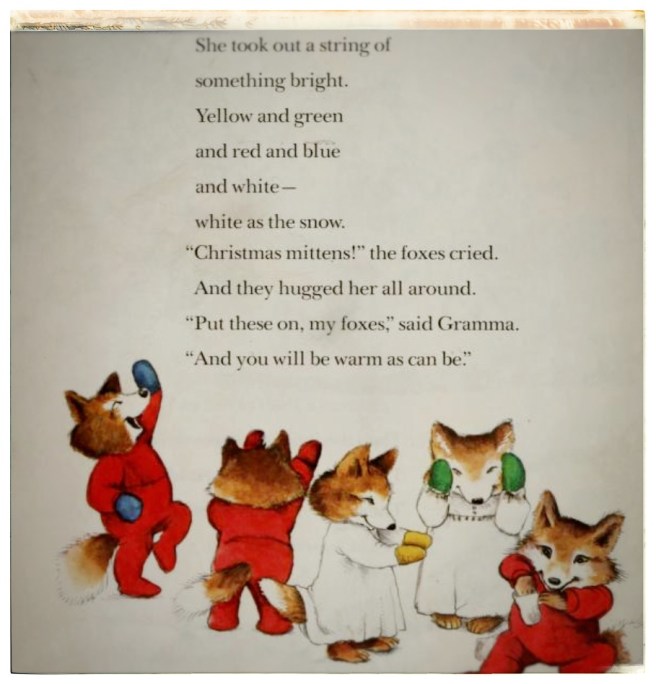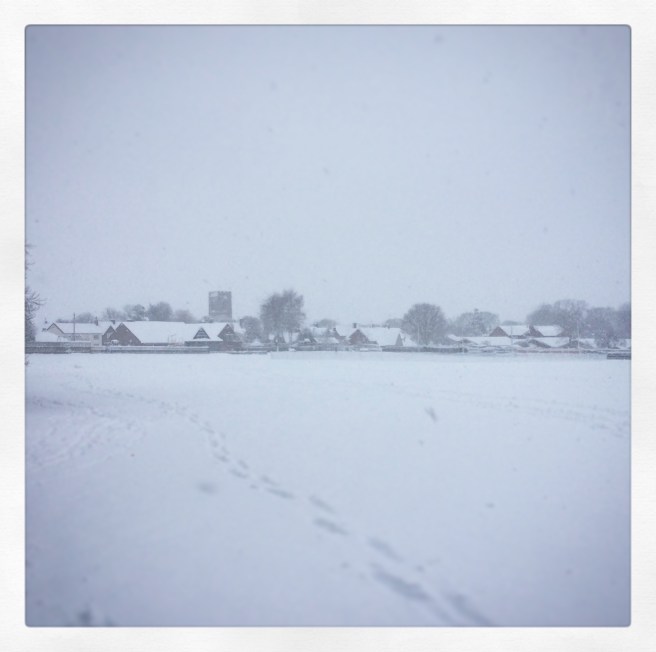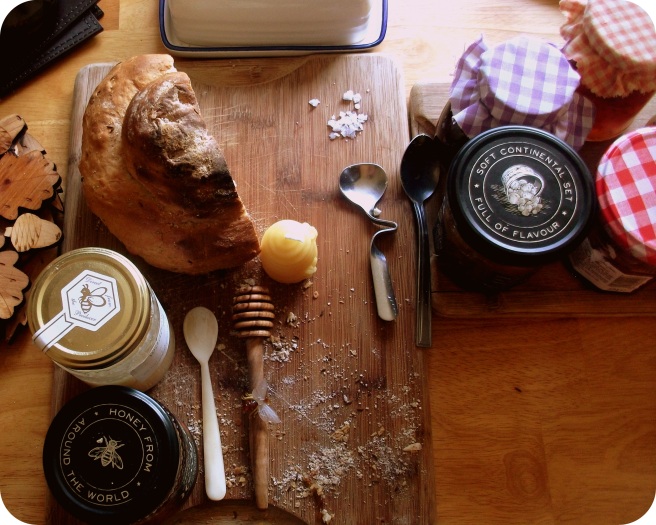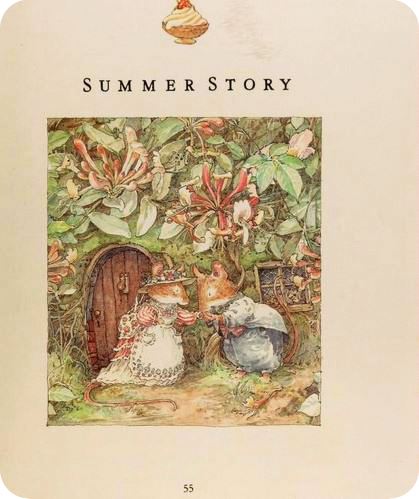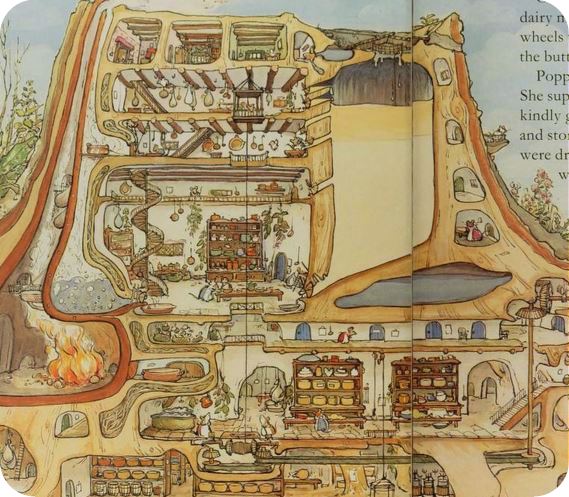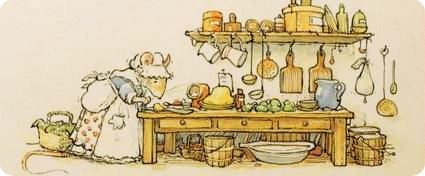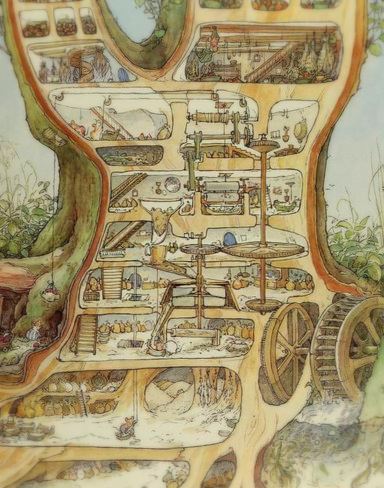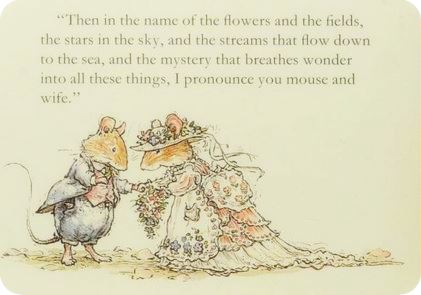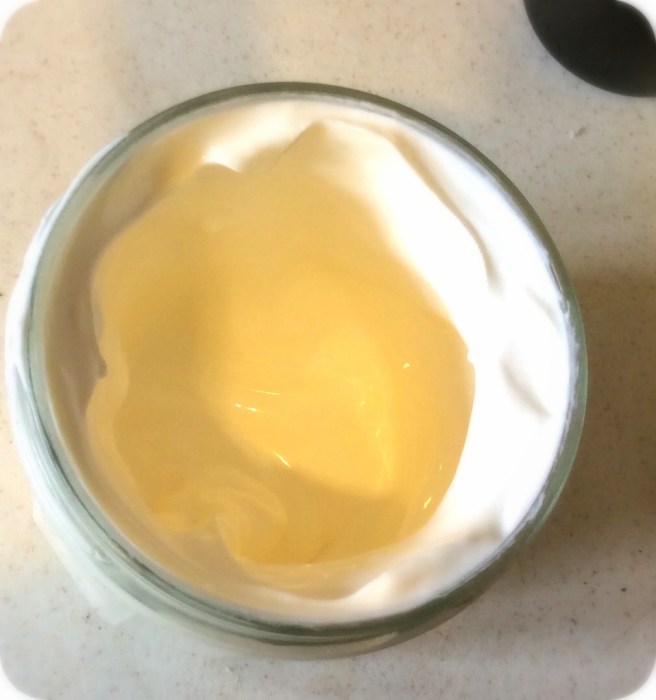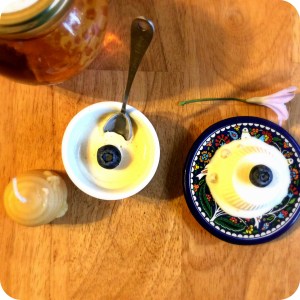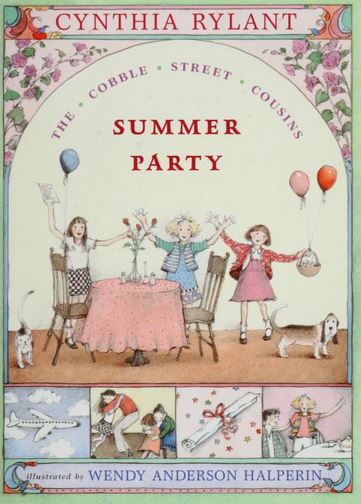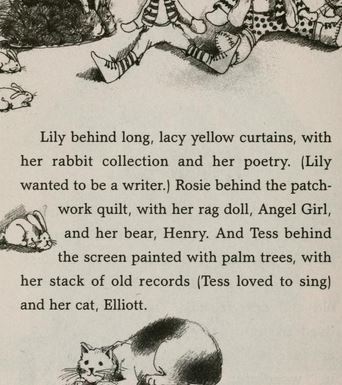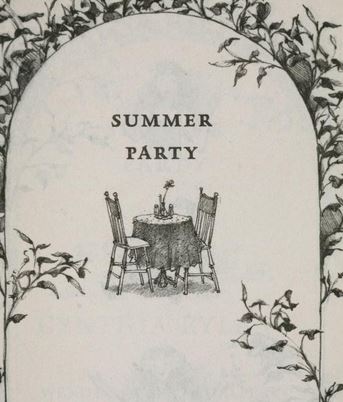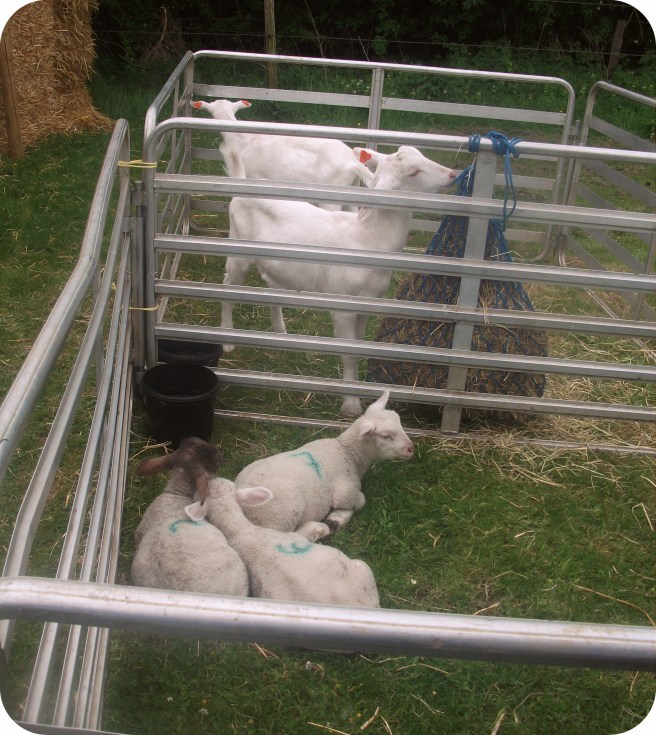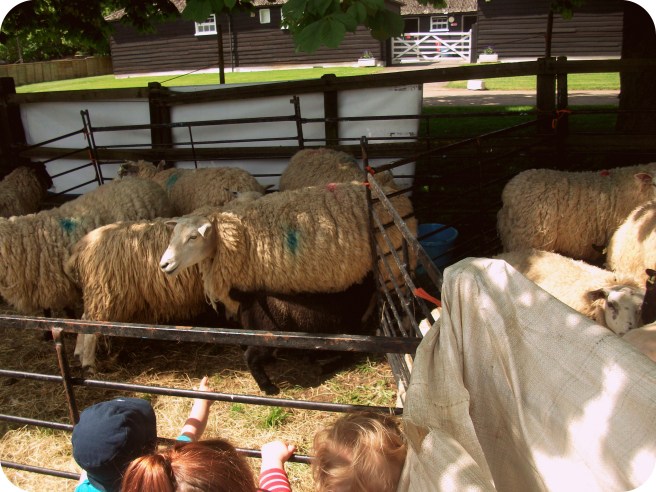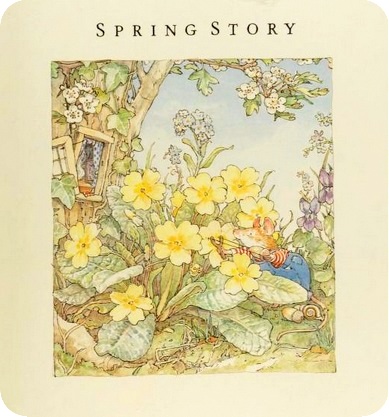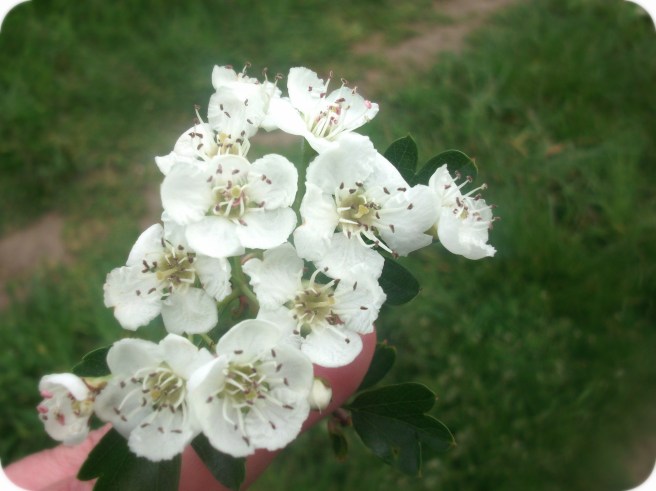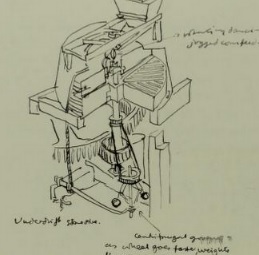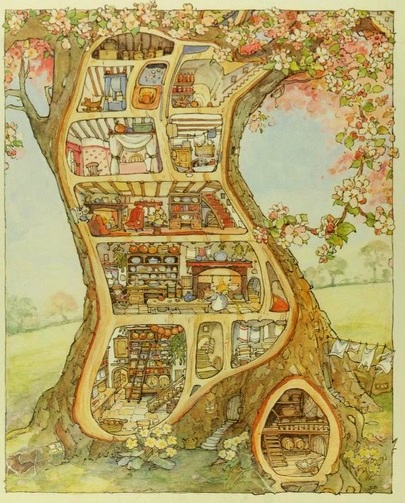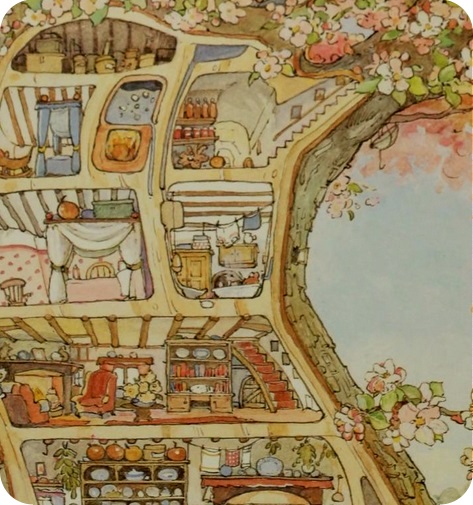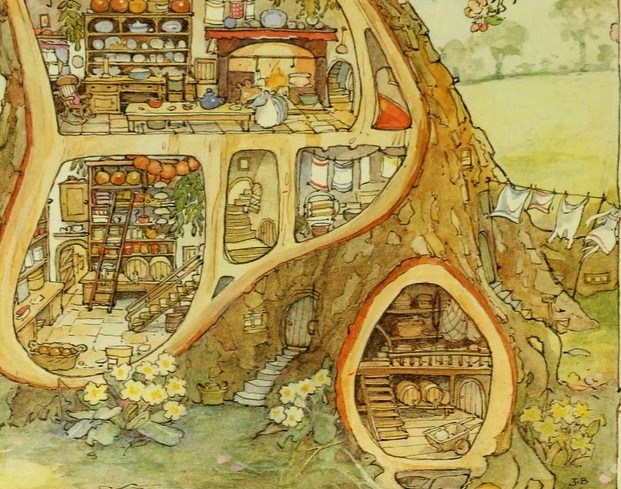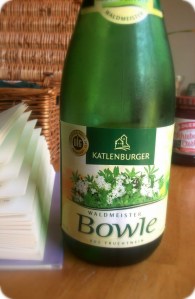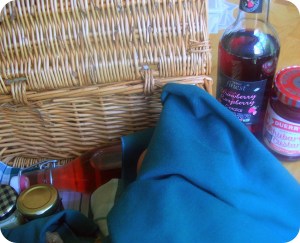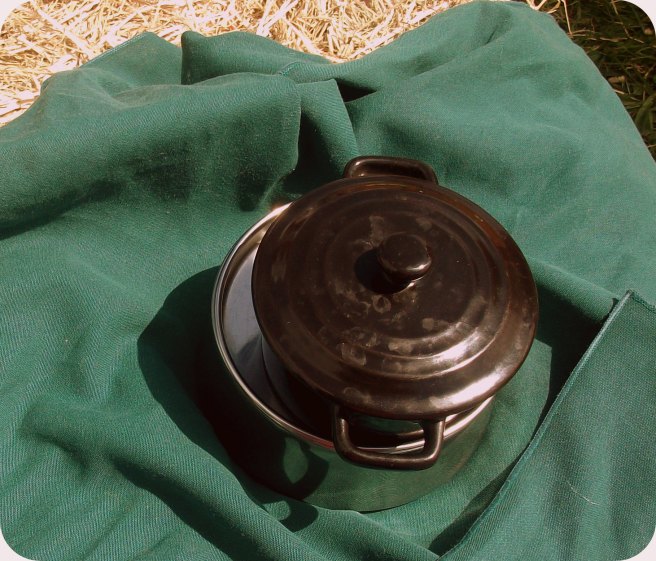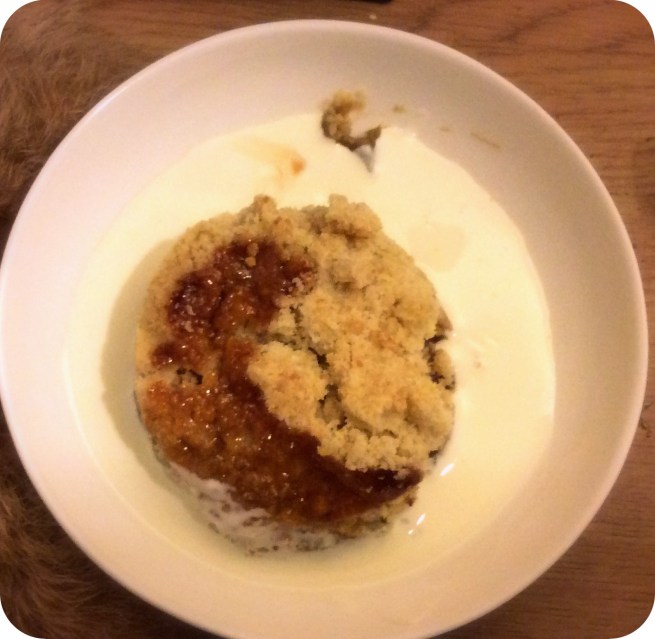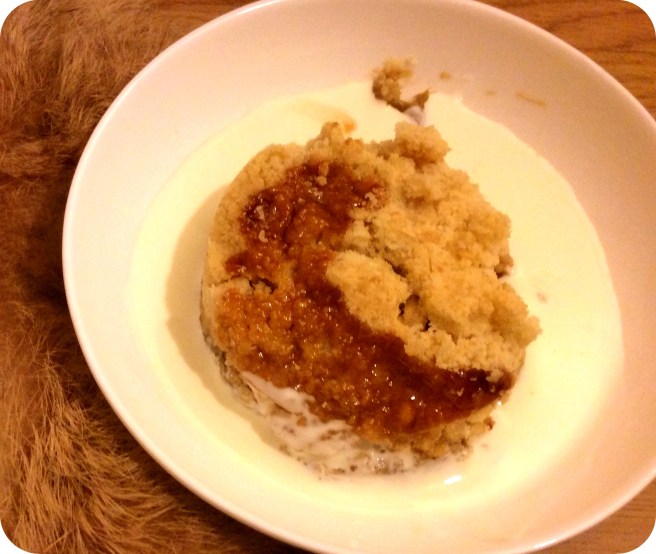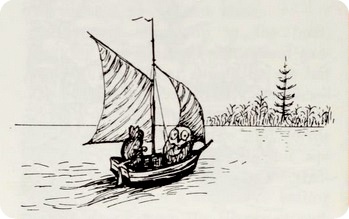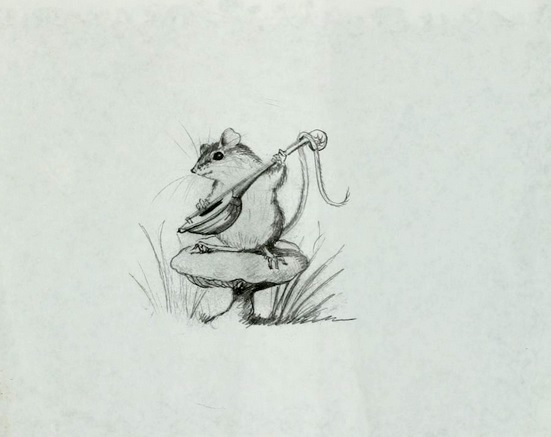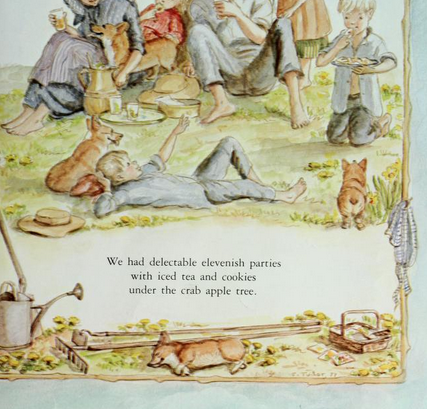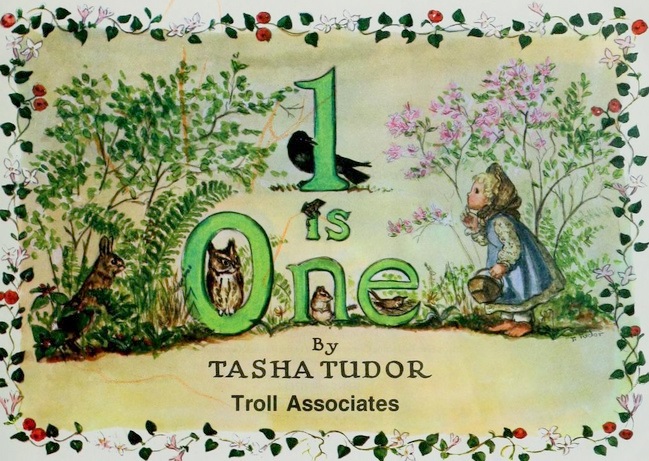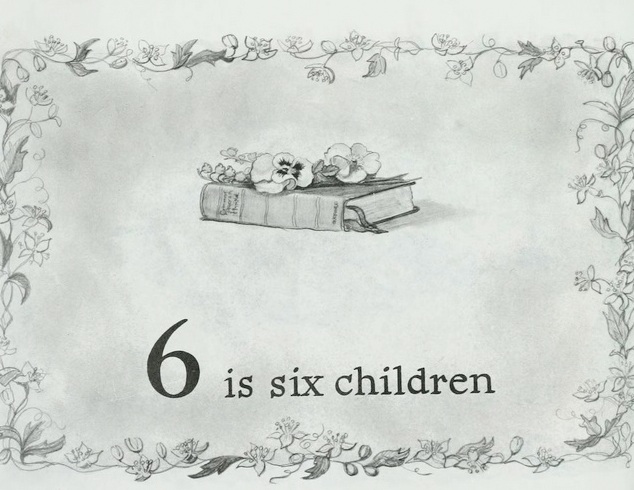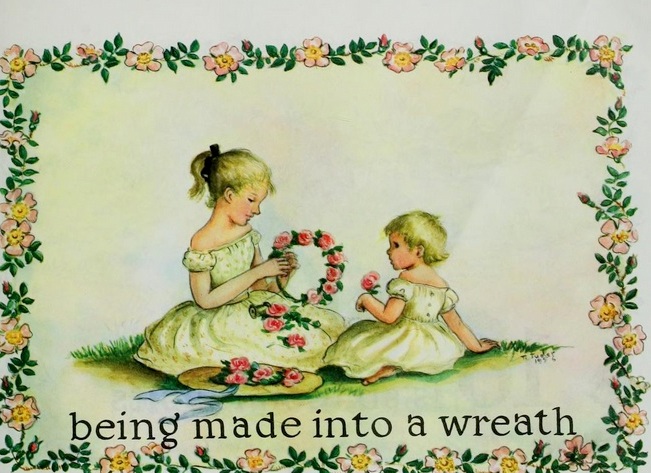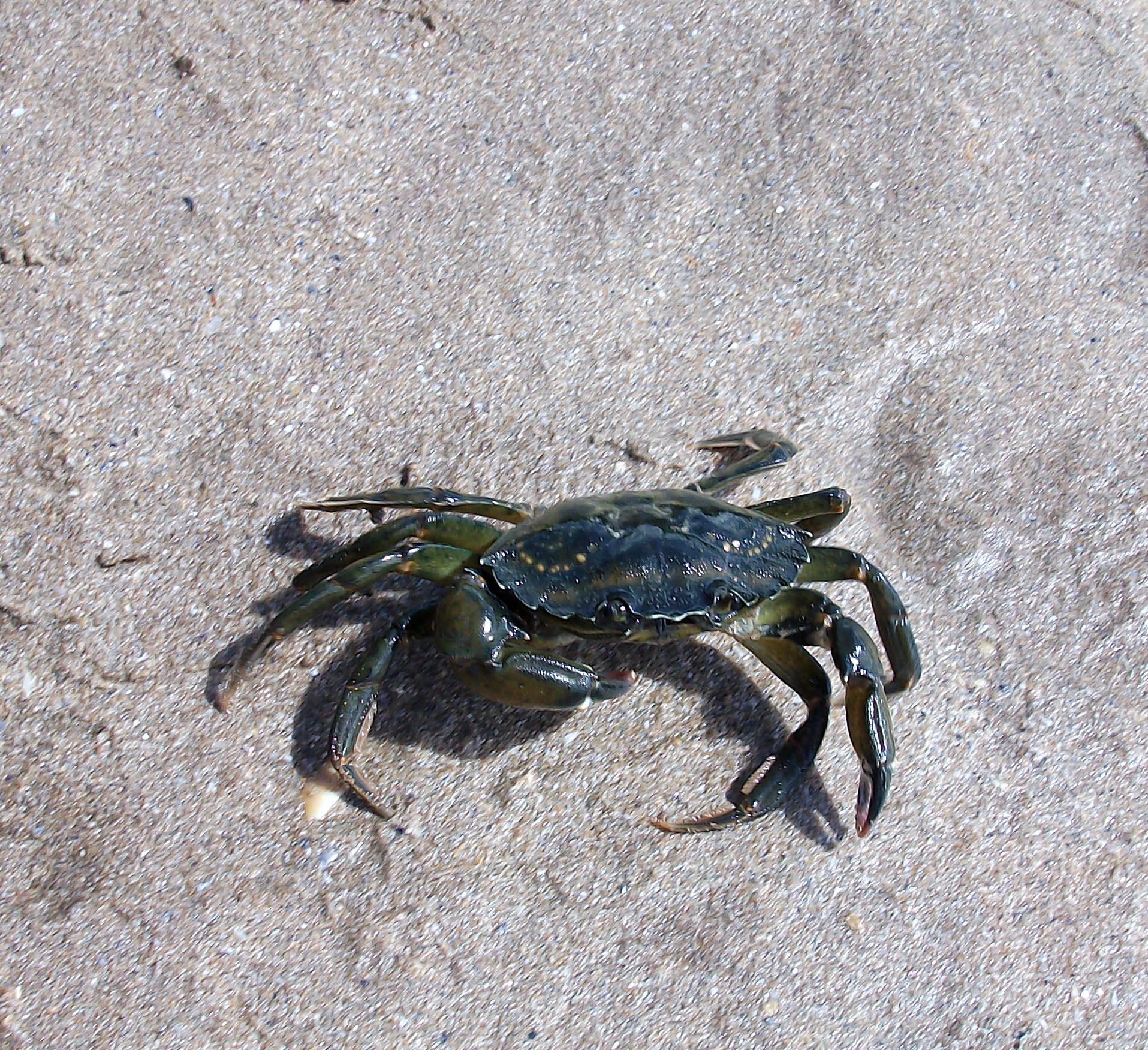Book:
The Tale of Little Pig Robinson by Beatrix Potter
1987, F. Warne, New York NY, USA.

Goodbye Summer!
We didn’t have a very hot August, which is a shame, because I find it is so much more fun to look forward to Autumn when there is a nice transition between heat and crispness. But since it’s still reasonably warm, I thought we could fit in one more summery read.
The Tale of Little Pig Robinson is quite unusual for a Beatrix Potter book. It is quite long (123 pages), and a chapter book. The setting is based upon her own seaside holiday in a little harbour town. The structure is also unusual. The story begins with a cat named Susan who goes down to the harbour to get herrings. We learn her history, and the history of Stumpy the dog. Susan sees a pig on the deck of a ship and wonders how he came to be there, but the narrative follows her home. The next passage is very evocative:
Sam ate his supper and smoked a pipe by the fire; and then he went to bed. But Susan sat a long time by the fire, considering. She considered many things—fish, and ducks, and Percy with a lame foot, and dogs that eat mutton chops, and the yellow cat on the ship, and the pig. Susan thought it strange to see a pig upon a ship called the “Pound of Candles.” The mice peeped out under the cupboard door. The cinders fell together on the hearth. Susan purred gently in her sleep and dreamed of fish and pigs. She could not understand that pig on board a ship. But I know all about him! (p.25)
 The narrator then explains that this story is a prequel to “The Owl & the Pussycat” by Edward Lear, which explains how the pig that they meet at the end of the poem came to be there: “When that pig was little he lived in Devonshire, with his aunts, Miss Dorcas and Miss Porcas, at a farm called Piggery Porcombe. Their cosy thatched cottage was in an orchard at the top of a steep red Devonshire lane.”(p.26) The next section of the story is a very long and detailed description of journey which the pig, whose name is Robinson, makes to market at Stymouth, and his misadventures trying to run errands there. The details are charming in a historical context and useful to get a feel for another place and time period, however, it is so long and dense that I think it would make it a trying read for a young child…it was a little trying for me. It might be better for 8 and up if they had an adult to help contextualize and learn about the historical vocabulary with them.
The narrator then explains that this story is a prequel to “The Owl & the Pussycat” by Edward Lear, which explains how the pig that they meet at the end of the poem came to be there: “When that pig was little he lived in Devonshire, with his aunts, Miss Dorcas and Miss Porcas, at a farm called Piggery Porcombe. Their cosy thatched cottage was in an orchard at the top of a steep red Devonshire lane.”(p.26) The next section of the story is a very long and detailed description of journey which the pig, whose name is Robinson, makes to market at Stymouth, and his misadventures trying to run errands there. The details are charming in a historical context and useful to get a feel for another place and time period, however, it is so long and dense that I think it would make it a trying read for a young child…it was a little trying for me. It might be better for 8 and up if they had an adult to help contextualize and learn about the historical vocabulary with them.
Another thing to keep in mind with Pig Robinson is that there are a few scenes and themes that could be upsetting to a sensitive child. The text baldly states of Robinson’s aunts that their end was bacon. The odd situation of anthropomorphic animals living independently amongst humans and yet still being eaten is a feature of many Potter books, but it is rarely so directly addressed. Also, Robinson’s journey though town is somewhat scary, with someone yelling “Come in, fat pig!” from a pub, and him seeing a ham in a window.
The other sensitive aspect is that this is basically the story of a child being kidnapped. Robinson’s aunts warn him to stay away from “ships’ cooks, and pantechnicons, and sausages, and shoes, and ships, and sealing-wax” (p.33) but in town Robinson is offered snuff by a strange sailor. Apparently Robinson’s one fault was that he could not say no, so instead of saying ‘no thank you’ and going straight away, he ends up being lured onto the ship by the sailor (who, as it transpires, is a ship’s cook!), and which point it sails off. There is a rather sinister scene of various people who might have recognised Robinson and saved him being distracted by other things and not noticing. On the other hand, it would be a good opportunity to have a discussion about safety, the importance of being able to say no, and what to do when we first start going places on our own.
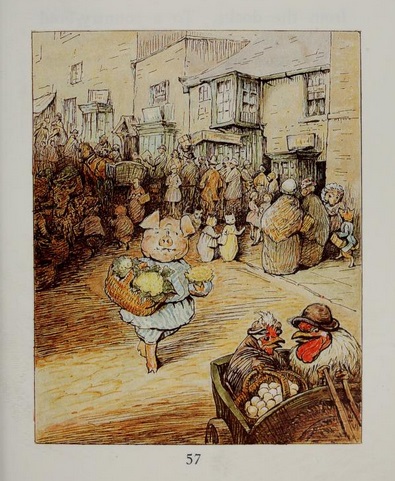
However, the story is not so dark that Robinson is mistreated on the ship, thankfully. He is treated well and fed a lot (we can guess where this is going, but Robinson doesn’t, even though the ship’s cat tries to warn him). The cat itself is the one from “The Owl and the Pussycat”, who is upset on being separated from the owl.
Eventually Robinson overhears that he is meant for the Captain’s birthday dinner — as the main course! At this point the cat helps him to escape in a boat. It is a shame that the adventure only really gets going right before the end, but this section is quite exciting and also well-written, as the author describes the tropical seas with their phosphorescence, and the moon like a silver plate.
When Robinson gets to the island, he finds a rather fantastical scene.
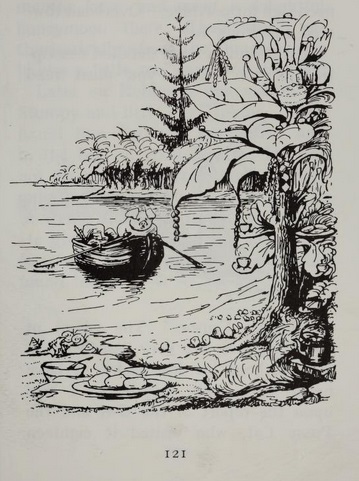
Acid drops and sweets grew upon the trees. Yams, which are a sort of sweet potato, abounded ready cooked. The bread-fruit tree grew iced cakes and muffins, ready baked; so no pig need sigh for porridge. Overhead towered the Bong tree. (p.120)

According to the narrator the island is very like the one in Robinson Crusoe, only without its drawbacks. The Owl and the Pussycat visit it (for their wedding, as described in the original poem) and later Robinson is visited by some dogs from Stymouth who find him disinclined to return. So there is a happy ending.

As you can see this is a pretty strange book. You can check it out here, if you’d like to see for yourself. However I would still recommend a look, particularly for older children who might enjoy searching for the various references to other works. There are a couple of references to the nursery rhyme about this little piggy (one goes to market, two stay home…although there is no reference to roast beef), and Robinson himself goes “Wee! Wee! Wee!” all the time. Obviously it is a prequel to “The Owl and the Pussycat” which also ties in Robinson Crusoe (Robinson refers to himself as “Pig Robinson Crusoe” at one point, so possibly Robinson Crusoe the book already exists in this universe). Finally, there are a couple of mentions of shoes, ships, sealing wax, etc., in what must be a reference to “The Walrus and the Carpenter.” It’s amusing to think of this story as some kind of unified theory of pigs/desert islands/ships.
Pig Robinson was quite a greedy pig, and he really liked sweets, so I thought I would make truffles (although chocolate truffles probably are not good for pigs). I found this recipe, and adapted it a little to make it more fantastical. It suits the playful nature of the story.

Clotted Cream Truffles
Ingredients
1 1/2 cups clotted cream
1 1/3 cup dark chocolate (70% cocoa solids), crushed into smallish pieces
1/2 cup shredded (desiccated) coconut

Method
Melt the chocolate slowly in a bain marie or microwave. I put it in a Pyrex bowl and put the bowl in a pan of simmering water. Stir the clotted cream into the chocolate and chill in the fridge for at least 3 hours. Then take out tablespoonfuls of the ganache and roll into balls, then roll them in the coconut. You could use cocoa powder, powdered (icing) sugar or any other topping of choice instead. I also put on some pink edible glitter powder to evoke the colourful setting of Robinson’s island. Chill again for another 3 hours.


Enjoy with the last of the warm weather!
 Book:
Book: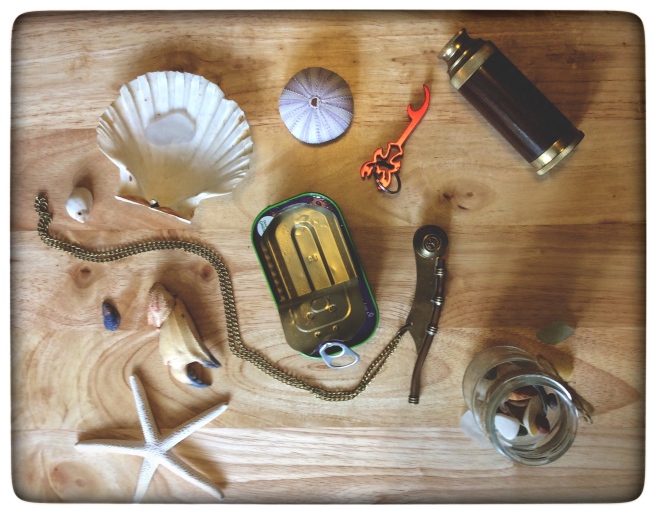
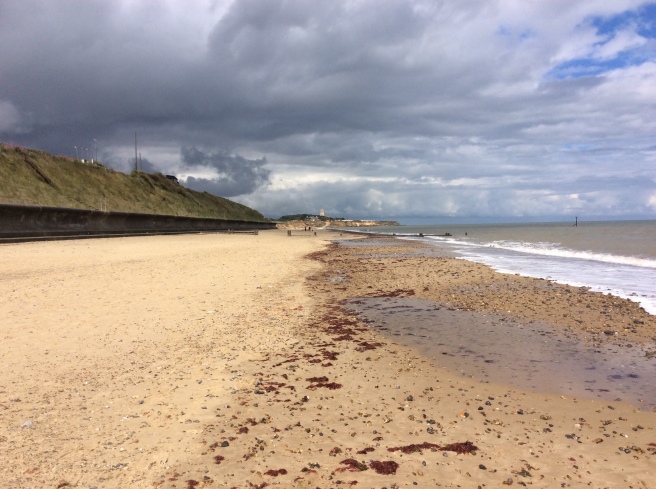
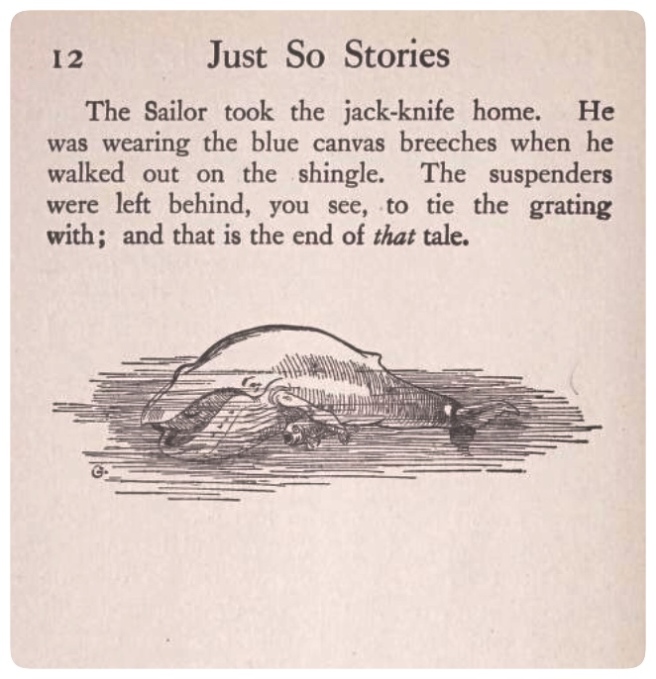
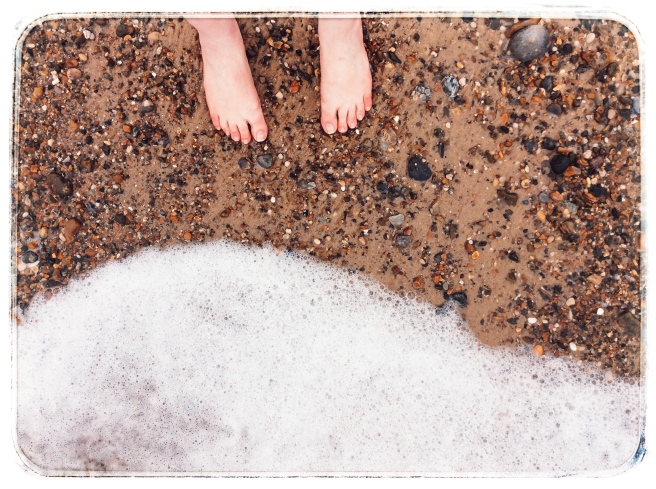
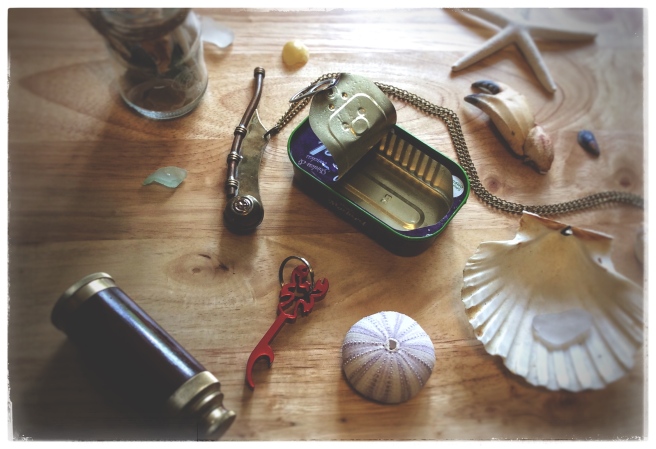
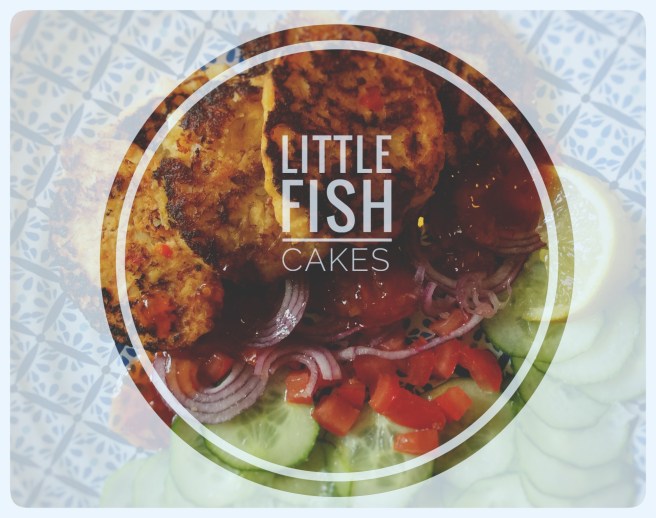
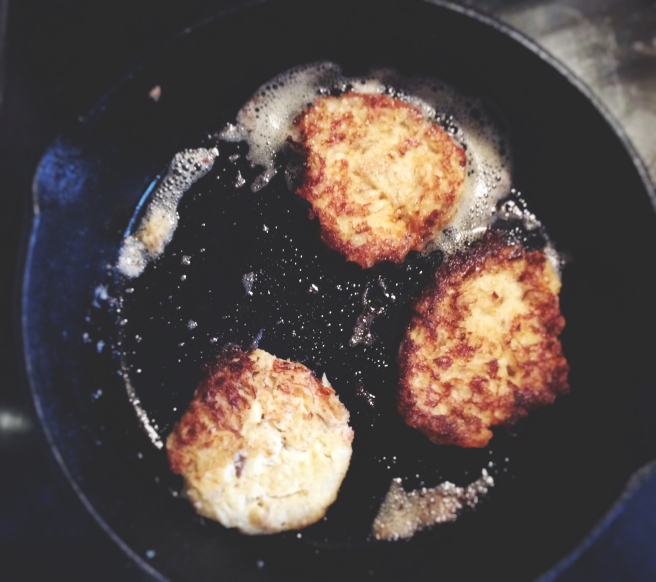
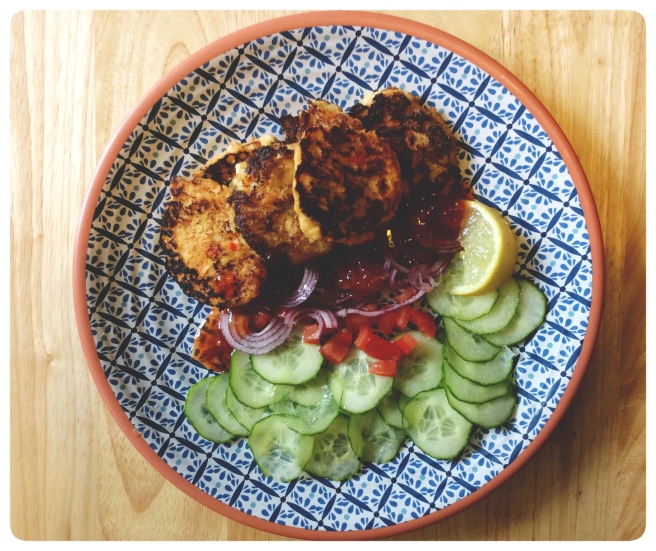
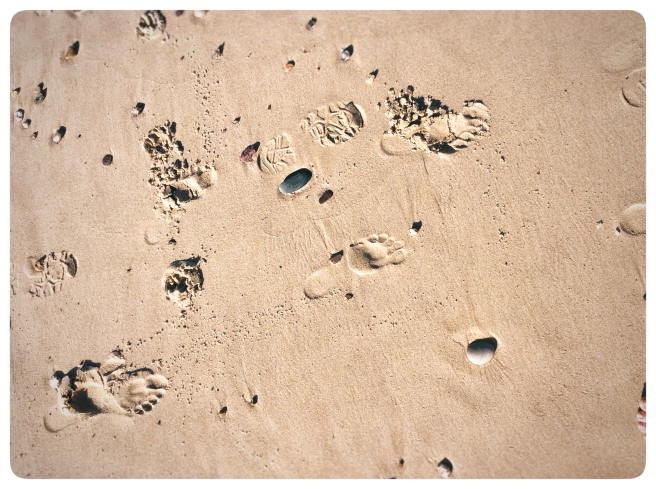







 Book:
Book: